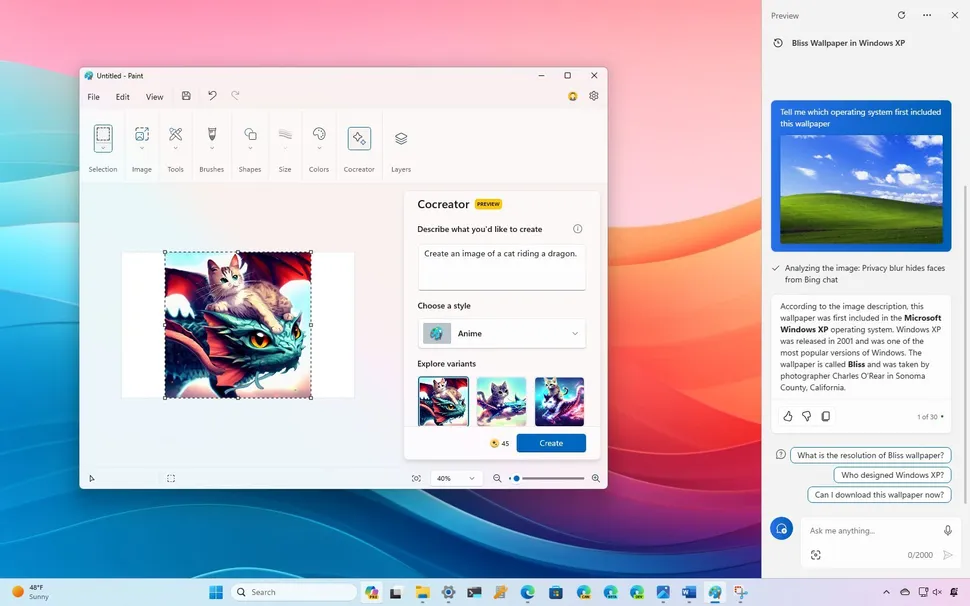Unlocking Content Creation: The Power of AI
Estimated reading time: 10 minutes
Key Takeaways
- AI-powered content creation uses artificial intelligence to automate the generation, optimization, and personalization of digital content.
- AI writing software interprets prompts to generate human-like text, assisting with drafting, idea generation, and more.
- Key benefits include increased efficiency, cost-effectiveness, improved quality, and overcoming writer’s block.
- Effective AI content generation requires understanding prompt engineering and human oversight.
- AI marketing tools extend AI capabilities to automate marketing tasks like social media posts and ad copy.
- Ethical considerations and rigorous fact-checking are crucial when using AI-generated content.
- The future of AI in content creation points towards deeper personalization and enhanced human-AI collaboration.
Table of contents
- What is AI-Powered Content Creation?
- Understanding AI Writing Software
- The Key Benefits of AI Content Generation
- How to Use AI for Content Effectively
- Exploring AI Marketing Tools
- Addressing Common Concerns and Best Practices
- The Future of Artificial Intelligence Content
- Embracing AI for Your Content Strategy
What is AI-Powered Content Creation?
In today’s rapidly evolving digital landscape, the demand for fresh, engaging, and personalized content is immense. Enter **AI-powered content creation**, a transformative process that leverages artificial intelligence, particularly large language models and machine learning, to automate the generation, optimization, and personalization of various digital content formats. This encompasses everything from text-based articles and social media posts to eye-catching images and dynamic videos.

This sophisticated technology utilizes advanced algorithms and natural language processing (NLP) to produce content at an unprecedented scale. The core idea is to mimic human language and creativity, enabling machines to understand context, generate coherent narratives, and even adapt content for specific audiences. The ability to produce content efficiently addresses the ever-growing need for regular updates across websites, social media, and marketing campaigns.

The increasing demand for content, driven by the need to engage audiences, improve search engine rankings, and build brand authority, has made manual content creation a bottleneck for many organizations. AI steps in to alleviate this pressure by automating numerous tasks. These include not just the initial drafting of content, but also ideation, personalization to suit individual user preferences, and the effective repurposing of existing content into new formats. As highlighted by research, AI can significantly streamline these processes, making content creation more agile and responsive.
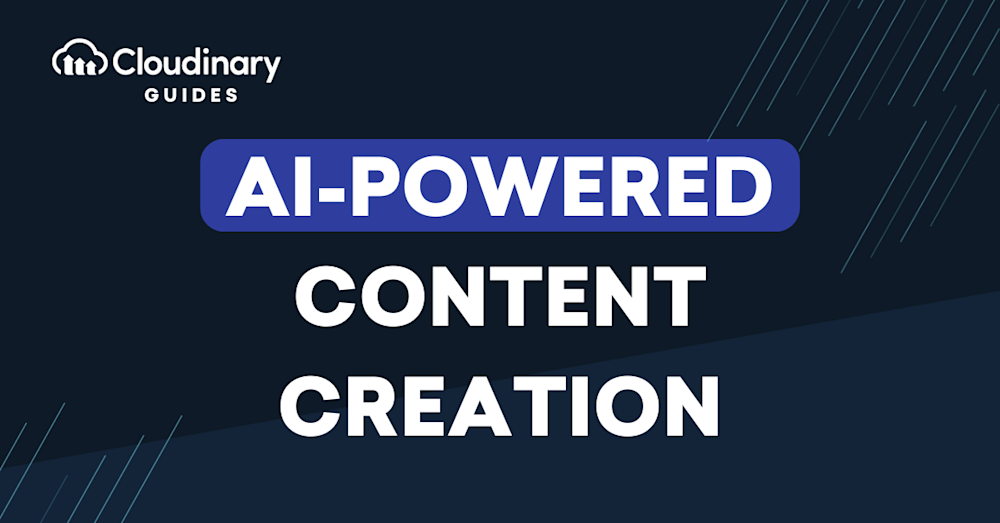
Consequently, **AI-powered content creation** is no longer a futuristic concept; it is rapidly becoming a central strategy within digital marketing. Businesses are recognizing its potential to revolutionize how they connect with their audiences. This approach empowers organizations to produce content at scale, respond with agility to emerging market trends, and reach their target audiences with remarkable efficiency. Ultimately, it directly satisfies the informational search intent of users by providing them with relevant and timely content.
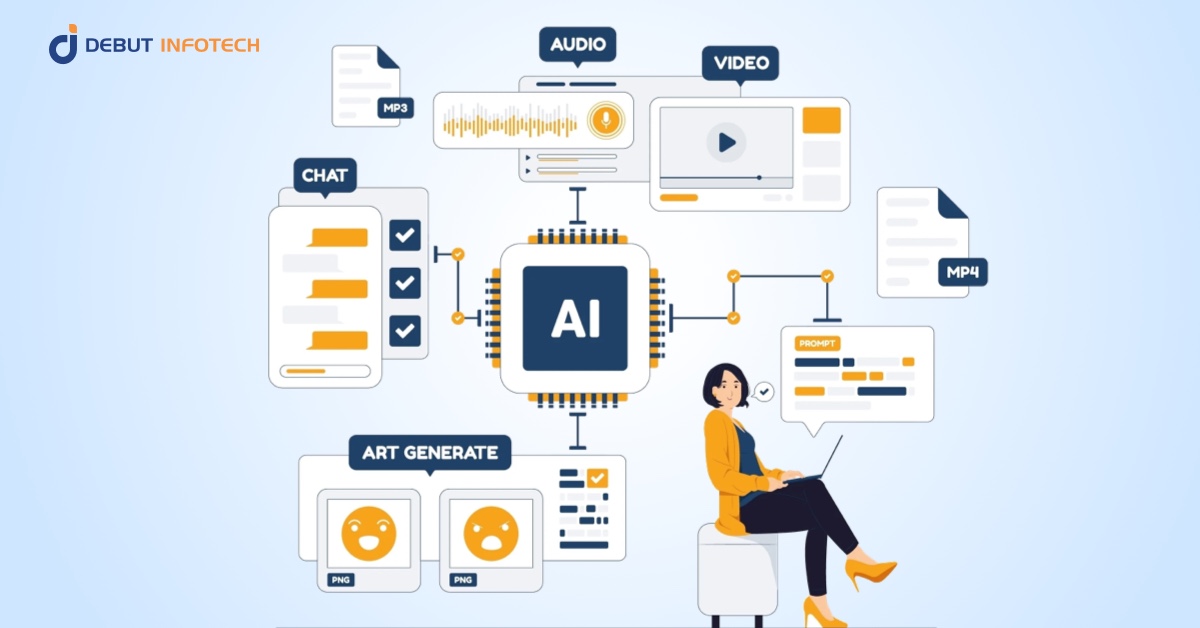
The underlying mechanism of AI content generation is fascinating. It involves training models on vast datasets of text and images, allowing them to learn patterns, styles, and factual information. When a user provides a prompt or request, the AI analyzes this input and generates output based on its training. This can range from a simple sentence to a comprehensive article, depending on the complexity of the request and the capabilities of the AI model. The objective is to create content that is not only voluminous but also valuable and relevant to the intended audience, thereby fulfilling the promise of intelligent content creation.
Understanding AI Writing Software
At the heart of **AI-powered content creation** lies **AI writing software**. These are sophisticated tools designed to interpret human language prompts and generate text that is remarkably human-like. They are powered by pre-trained models that have learned from an extensive corpus of text data, enabling them to understand context, grammar, and even stylistic nuances.

Prominent examples of such software include OpenAI’s powerful GPT-4, which has set new benchmarks in natural language generation, as well as specialized platforms like Jasper and Copy.ai, which are tailored for marketing and business content needs. These tools act as digital scribes, capable of understanding complex instructions and producing coherent and relevant output. Their ability to process and generate language efficiently is what makes them invaluable assets in the content creation process.

The functionalities offered by **AI writing software** are diverse and continuously expanding. These tools excel at tasks such as drafting entire articles from scratch, suggesting compelling headlines that capture attention, summarizing lengthy documents into concise overviews, and automatically generating lists of ideas for future content. This automatic generation of creative assets significantly reduces the time and effort required from human content creators, allowing them to focus on higher-level strategy and refinement. The capacity for rapid idea generation and initial drafting can be a game-changer for teams facing tight deadlines or creative blocks.
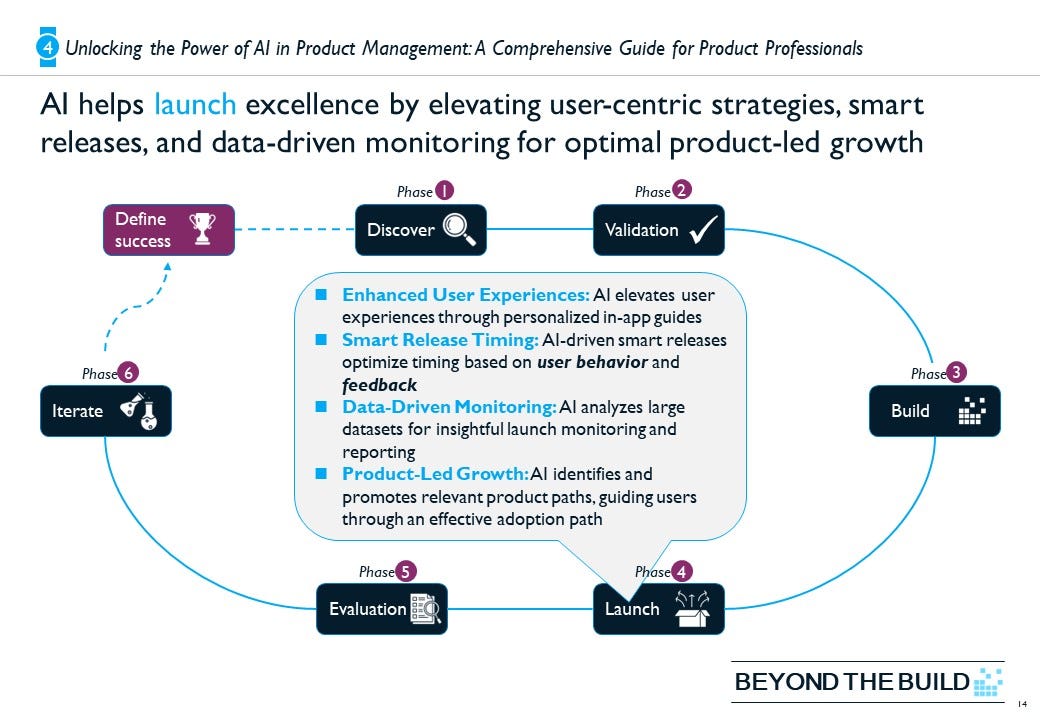
Furthermore, the landscape of **AI writing software** is not monolithic. It encompasses a spectrum of tools, from general-purpose AI assistants capable of handling a wide range of writing tasks to highly specialized tools designed for specific niches. There are platforms optimized for crafting persuasive marketing copy, others focused on producing long-form content like blog posts and e-books, and yet others that specialize in generating SEO-optimized drafts that align with search engine best practices. This variety ensures that businesses can find AI writing solutions that precisely match their unique content requirements and strategic objectives.
Fundamentally, this software forms the operational core of many **AI content generation** platforms. It is the engine that drives the creation of text-based content, making it a key component for anyone looking to harness the power of AI in their digital strategy. The continuous advancements in NLP and machine learning mean that these tools are becoming increasingly sophisticated, offering more nuanced and creative output with each iteration.
The Key Benefits of AI Content Generation
The adoption of AI in content creation is not merely a trend; it’s a strategic advantage driven by a host of tangible benefits. One of the most significant advantages is the sheer *increase in efficiency and speed*. AI tools excel at automating repetitive and time-consuming tasks. This includes aspects like preliminary research, the initial drafting of content, and even basic editing. Studies and anecdotal evidence suggest that AI can reduce content production times by as much as 40%, freeing up human teams to concentrate on more strategic, creative, and analytical aspects of content marketing. This allows for a much faster content output, keeping businesses and creators competitive in a fast-paced digital world.

Another compelling benefit is the *cost-effectiveness* that AI brings to the table. By automating tasks that would typically require significant human hours, businesses can scale their content output without a proportional increase in headcount. AI handles the heavy lifting of generating repetitive content, enabling human resources to be reallocated to higher-value activities such as strategic planning, in-depth editing, and creative concept development. This optimization of resources leads to a more efficient use of budget and personnel, making content creation more sustainable and profitable.
Furthermore, AI contributes to *improved quality and consistency* in content. AI tools can be programmed to adhere strictly to brand guidelines, ensuring a consistent voice, tone, and style across all content pieces and platforms. This is particularly valuable for larger organizations with multiple content creators or for brands that prioritize a unified brand identity. AI can also assist in maintaining factual accuracy by cross-referencing information, though human oversight remains critical. By streamlining review and approval processes, AI helps maintain a high standard of quality and brand coherence, which is essential for building trust and authority with an audience.

Perhaps one of the most celebrated benefits for creators is the ability of AI to help *overcome writer’s block*. Every writer experiences moments of creative stagnation. AI can act as an invaluable creative assistant during these times. By generating a multitude of ideas, suggesting alternative phrasings, providing detailed outlines on demand, or even drafting initial paragraphs, AI can help jumpstart the creative process. This not only boosts productivity but also helps creators push through creative plateaus, ensuring a steady flow of fresh content ideas and drafts. It provides a starting point that can be refined and personalized, making the entire writing process less daunting.
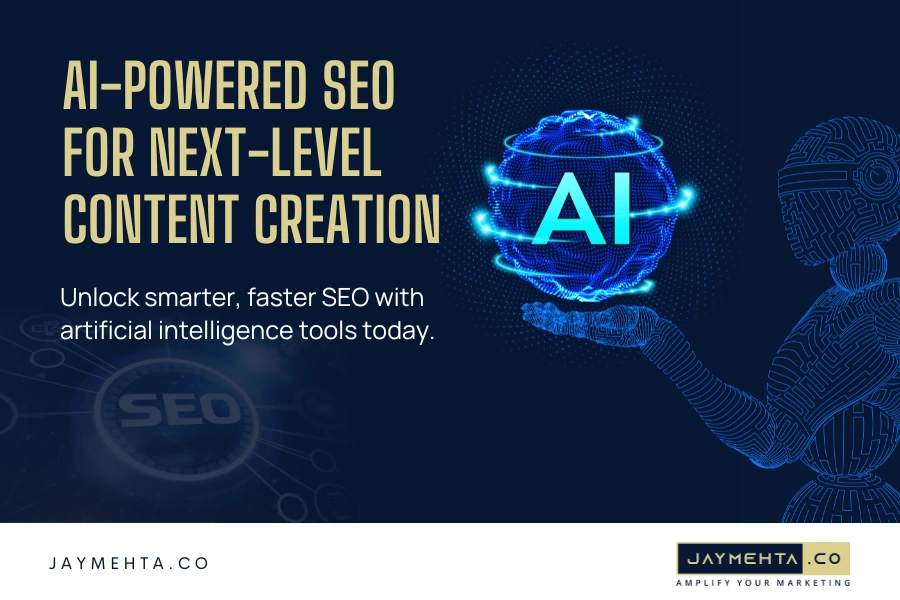
These benefits collectively underscore why **AI content generation** is becoming indispensable. The ability to produce more content, faster, at a lower cost, while maintaining or even improving quality, is a powerful proposition for any organization looking to thrive in the digital space. The efficiency gains translate directly into a stronger online presence, better audience engagement, and ultimately, improved business outcomes.
How to Use AI for Content Effectively
Integrating AI into your content creation workflow requires a strategic approach to maximize its potential. Understanding **how to use AI for content** effectively involves leveraging it across various stages of the content lifecycle, from initial ideation and outlining to drafting, editing, and even repurposing existing materials. By treating AI as a powerful tool rather than a fully autonomous creator, businesses can unlock significant efficiencies.
A crucial element in this process is the concept of “prompt engineering.” This involves crafting specific, clear, and detailed instructions for the AI tool. The quality of the AI’s output is directly proportional to the quality of the input. Being specific about the desired style, tone, length, target audience, and key information ensures that the AI generates content that closely aligns with your objectives. Vague prompts will likely result in generic or irrelevant output, whereas well-defined prompts can yield remarkably precise and useful content. Mastering prompt engineering is key to unlocking the true power of AI writing assistants.
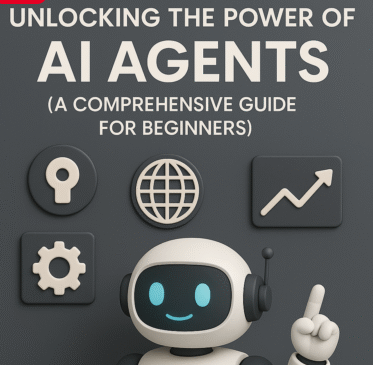
The practical applications of AI extend far beyond simple text generation. AI tools can be instrumental in creating comprehensive outlines for articles, blog posts, or even scripts. They can generate meta descriptions that are optimized for search engines, craft multiple variations of attention-grabbing headlines for A/B testing, and even develop initial scripts for podcasts or videos. This broad utility makes AI a versatile partner in content production, capable of supporting a wide array of content formats and marketing needs. The ability to generate diverse content elements quickly accelerates the production pipeline significantly.
However, it is *critically important* to emphasize that AI output should never be used without human oversight. AI is a tool to augment, not replace, human creativity and judgment. Rigorous fact-checking is paramount to ensure the accuracy of any information generated by the AI. Human editors must review the content for factual correctness, potential biases, and overall coherence. Furthermore, strategic editing is essential to refine the AI-generated text, ensuring it perfectly aligns with the brand’s voice, tone, and messaging. Maintaining originality and avoiding accidental plagiarism are also key responsibilities of the human editor. The human element ensures that the content is not only factually sound but also strategically aligned with business goals and ethically produced.

By following these principles – understanding effective prompting, exploring diverse applications, and prioritizing human oversight – you can ensure that **AI content generation** serves as a powerful collaborator, enhancing productivity and creativity without compromising on quality or integrity. This balanced approach is essential for harnessing the full potential of AI in your content strategy.
Exploring AI Marketing Tools
Building on the capabilities of AI content generation, a specialized category of tools has emerged to streamline and enhance marketing efforts: **AI marketing tools**. These platforms leverage AI content generation technologies to automate a wide array of marketing tasks, making campaigns more efficient and effective. They are designed to assist marketers in creating compelling content for various channels, from social media and advertising to email marketing and beyond.
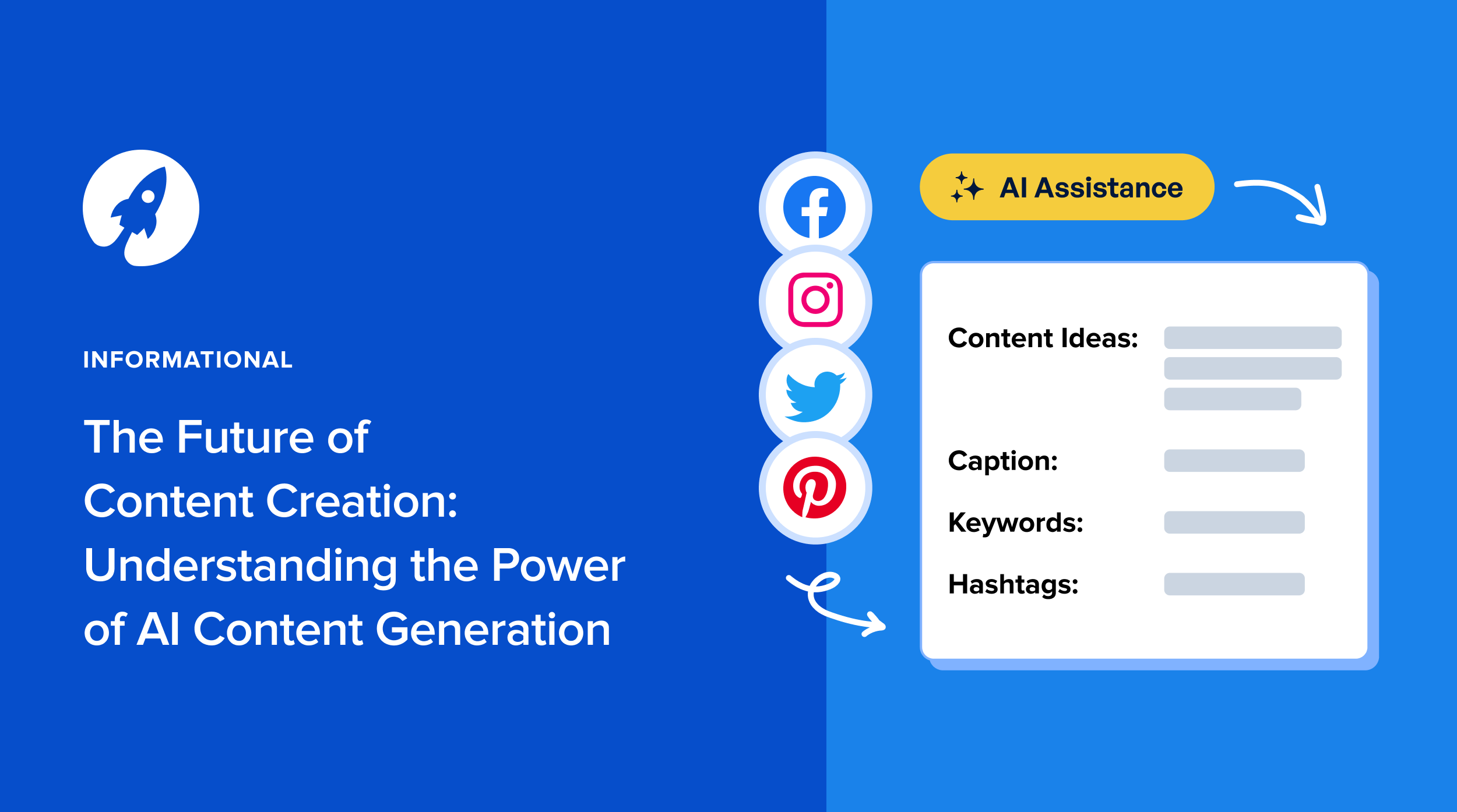
Examples of leading AI marketing tools include Jasper and Copy.ai, which are renowned for their versatile content generation capabilities. These tools empower marketers to produce high-quality marketing collateral at scale. They can generate social media posts tailored to specific platforms, craft persuasive ad copy designed to drive conversions, and develop personalized email campaigns that resonate with different audience segments. The ability to automate the creation of these diverse marketing assets significantly reduces the manual effort required, allowing marketing teams to focus on strategy and analysis.
The functionalities offered by these tools are incredibly practical and designed to address common marketing challenges:
- *Generating instant social media copy:* AI can analyze trending topics, audience engagement data, and brand information to create relevant and timely social media posts that capture attention.
- *Creating multiple variations of ad copy:* For A/B testing, AI can rapidly generate numerous versions of ad headlines and body text, allowing marketers to identify the most effective messaging quickly and optimize campaign performance.
- *Developing personalized email sequences:* AI can segment audiences and craft tailored email content for different groups, increasing engagement rates and driving better results from email marketing efforts.
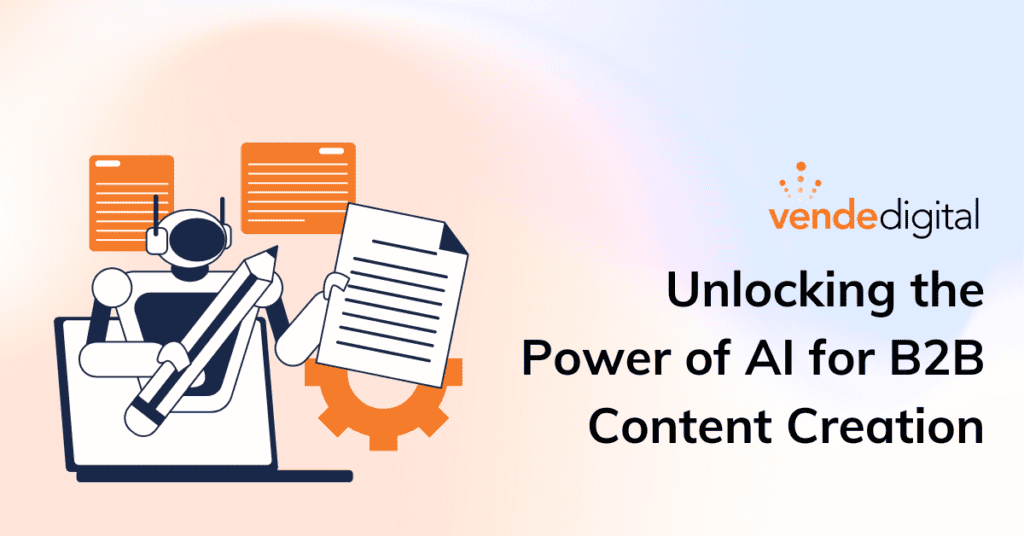
Beyond content creation, **AI marketing tools** are increasingly offering sophisticated integration capabilities. These tools can connect seamlessly with popular content management systems (CMS), campaign management platforms, and customer relationship management (CRM) systems. This integration streamlines workflows across different marketing channels, ensuring that content is distributed efficiently and consistently. By synchronizing data and automating processes, these tools help create a cohesive and effective marketing ecosystem. This interconnectedness allows for a more unified approach to marketing, where AI-driven insights and content can be deployed across all touchpoints of the customer journey.
The impact of **AI marketing tools** on the industry is profound. They democratize access to advanced marketing capabilities, enabling businesses of all sizes to compete more effectively. By automating routine tasks and providing data-driven insights, these tools free up marketers to focus on creativity, strategic thinking, and building deeper customer relationships. The synergy between **AI writing software** and specialized marketing platforms ensures that **AI content generation** is not just about creating text, but about driving tangible business results through intelligent marketing campaigns.
Addressing Common Concerns and Best Practices
As AI becomes more integrated into content creation, it’s essential to address common concerns and establish best practices to ensure responsible and effective use. One of the primary considerations is ethical in nature: the use of AI-generated content. While AI can be a powerful tool, transparency is key. It is advisable to disclose AI usage where appropriate, especially in contexts where authenticity and human authorship are expected or legally required. Furthermore, users must ensure compliance with the guidelines of various platforms, as some may have specific policies regarding AI-generated content.
Crucially, the importance of human oversight cannot be overstated. AI should be viewed as a collaborative partner or an intelligent assistant, not a complete replacement for human creators. The output generated by AI must be meticulously reviewed by humans. This review process is vital for fact-checking to guarantee accuracy, identifying and mitigating any potential biases that the AI may have inadvertently learned from its training data, and ensuring the content aligns perfectly with the brand’s identity, values, and strategic objectives. Without this human touch, the content risks lacking authenticity, accuracy, or strategic alignment.
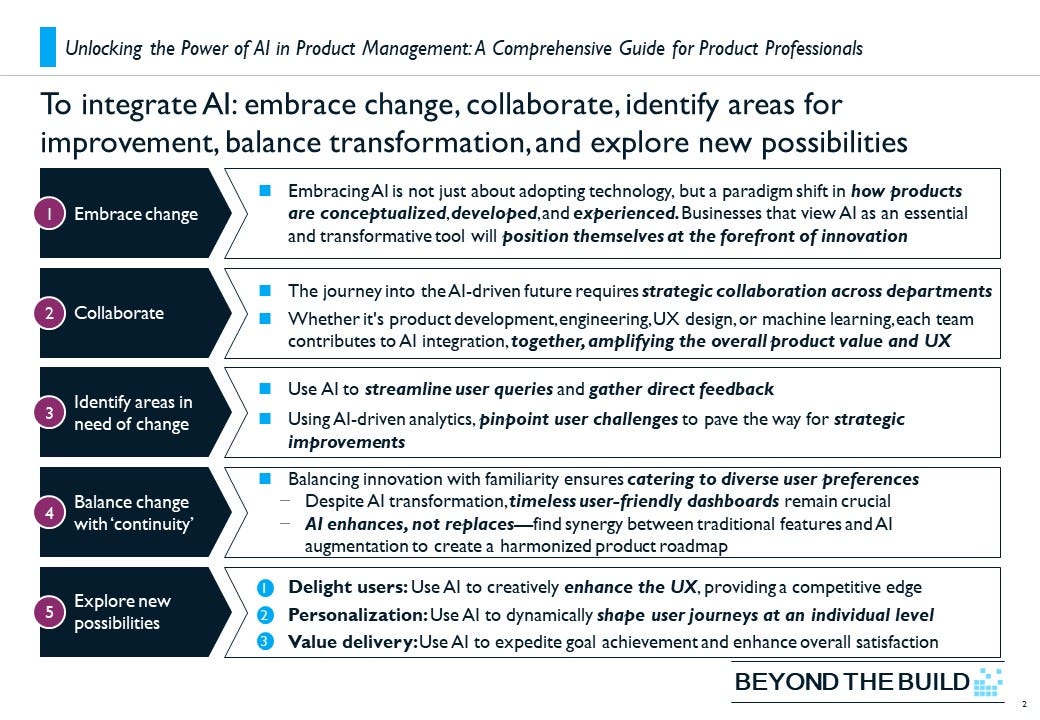
The necessity of rigorous fact-checking and editing cannot be stressed enough. While AI can generate information rapidly, it is not infallible. Errors in data, misinterpretations, or “hallucinations” (where AI generates plausible but incorrect information) can occur. Therefore, every piece of AI-generated content must undergo thorough verification to maintain credibility and prevent the dissemination of misinformation. Additionally, careful editing is required to polish the language, ensure a natural flow, and avoid any semblance of plagiarism, which could have severe reputational and legal consequences. Safeguarding the reputation of the user or brand hinges on this diligent approach to content verification and refinement.

Adhering to these best practices ensures that AI-powered content creation is not only efficient but also ethical, accurate, and aligned with the overall goals of the content strategy. By prioritizing human judgment and oversight, creators can leverage AI’s power responsibly, producing high-quality content that resonates with audiences and upholds brand integrity. This balanced approach is fundamental to navigating the evolving landscape of **AI content generation** successfully.
The Future of Artificial Intelligence Content
The trajectory of AI in content creation is one of continuous evolution and increasing sophistication. Looking ahead, we can anticipate several exciting developments that will further reshape how we create and consume digital content. One significant area of advancement will be *deeper personalization*. AI models will become even more adept at understanding individual user preferences, behaviors, and contexts, enabling the creation of content that is hyper-tailored to each person. This could mean dynamically adjusting articles based on a reader’s known interests or generating personalized marketing messages that feel uniquely crafted for the recipient.

Another promising frontier is *real-time content adaptation*. Imagine content that can adjust its tone, complexity, or even factual emphasis based on the immediate environment or the user’s current engagement level. This could lead to more immersive and responsive digital experiences. Furthermore, we can expect *enhanced integration with marketing automation platforms*. AI will likely become more deeply embedded within these systems, allowing for seamless automation of content creation, distribution, and performance analysis across multiple channels, creating a more unified and intelligent marketing ecosystem.
Throughout these advancements, a core principle will likely remain: AI’s most effective role is to *augment human creativity and productivity*, rather than to replace it entirely. The power of AI lies in its ability to handle the laborious, repetitive, and data-intensive aspects of content creation. By offloading these tasks to AI, human creators are empowered to focus on what they do best: strategic thinking, innovative ideation, emotional intelligence, nuanced storytelling, and high-level creative direction. AI acts as a catalyst, amplifying human capabilities and allowing creators to tackle more complex and impactful projects. This collaborative synergy between human and artificial intelligence promises to unlock new levels of creativity and efficiency.

The future of **artificial intelligence content** is not one of machines replacing humans, but of humans and machines working together to achieve unprecedented results. AI tools will continue to evolve, becoming more intuitive, capable, and integrated. This evolution will empower content creators to be more productive, innovative, and strategic, ultimately leading to richer and more engaging digital experiences for audiences worldwide. The ongoing development in areas like **AI content generation** will continue to push the boundaries of what is possible in the digital realm.
Embracing AI for Your Content Strategy
The evidence is clear: **AI-powered content creation** offers a suite of significant benefits that can revolutionize how businesses and individuals approach their digital presence. From the enhanced speed at which content can be produced to the improved consistency in brand messaging and the scalability of creative output, AI provides powerful tools for staying competitive. These advantages are not theoretical; they translate into tangible improvements in efficiency, cost-effectiveness, and overall content quality. The ability to generate more relevant and engaging content more quickly is a critical advantage in today’s fast-paced digital landscape.
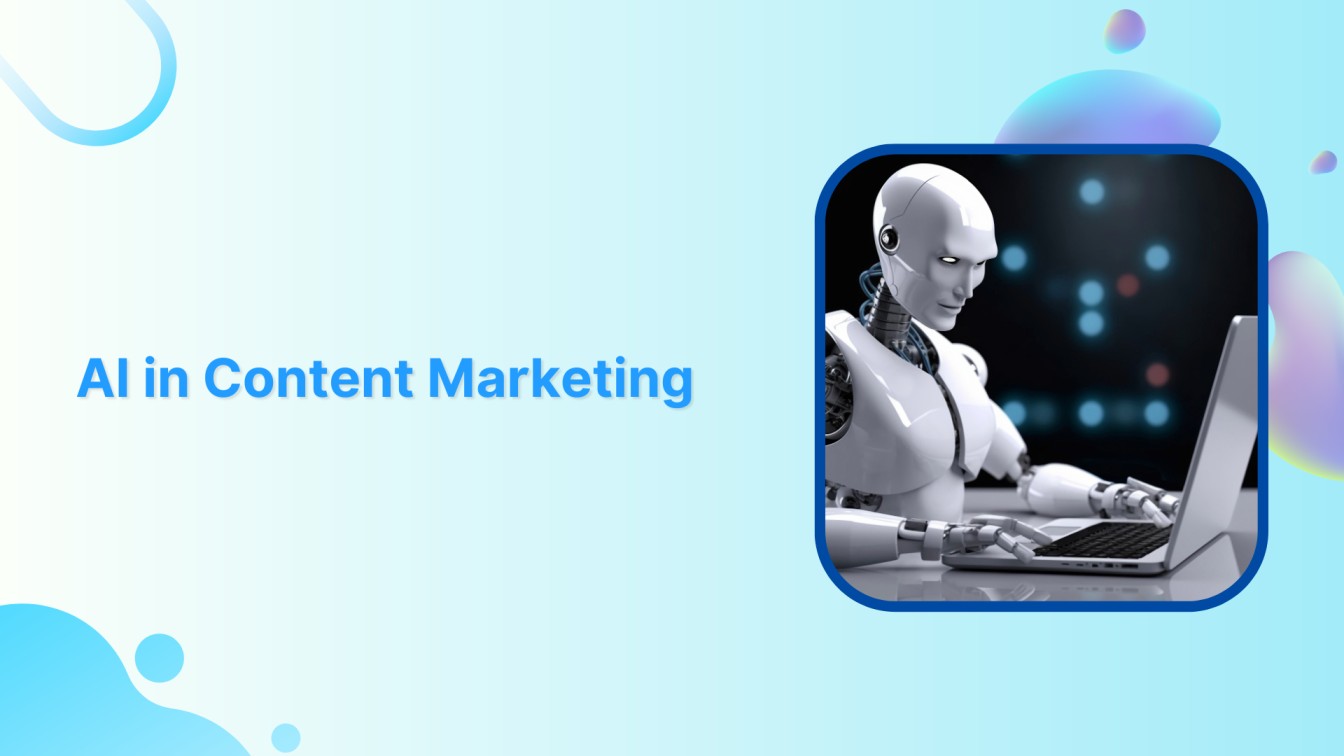
Given these compelling advantages, it is highly recommended that you explore and adopt **AI writing software** and **AI marketing tools**. These technologies are no longer niche or experimental; they are essential components of a modern, optimized content strategy. By integrating these tools, you can streamline your content creation processes, enhance your marketing campaigns, and ultimately, remain competitive in an ever-evolving digital marketplace. Experimenting with leading AI platforms can provide firsthand experience of their capabilities and help identify the best fits for your specific needs. The advancements in **AI content generation** are transforming industries, and embracing them is key to future success.
As we look to the future, the role of AI in content creation will only expand. It is advisable to approach these technologies not as replacements for human talent, but as powerful collaborators. Leading AI platforms can serve as invaluable creative partners, assisting in brainstorming, drafting, and refining content. By experimenting with these tools and understanding their potential, you can maximize your content output, unlock new creative possibilities, and leverage the full potential of **artificial intelligence content**. Embracing AI is not just about adopting new technology; it’s about strategically enhancing your creative capacity and ensuring your content strategy is future-ready. The continued development in **AI content generation** promises even more exciting opportunities for innovation and efficiency.
Frequently Asked Questions
What is the primary function of AI-powered content creation?
The primary function is to use artificial intelligence to automate the generation, optimization, and personalization of digital content, including text, images, and videos, at scale.
Can AI writing software completely replace human writers?
No, AI writing software is best viewed as a tool to augment human creativity and productivity. It can assist with drafting, ideation, and repetitive tasks, but human oversight is crucial for strategic editing, fact-checking, and ensuring brand alignment.
What are the key benefits of using AI for content generation?
Key benefits include increased efficiency and speed, cost-effectiveness through automation, improved quality and consistency, and overcoming writer’s block by providing creative assistance.
What is “prompt engineering” in the context of AI content creation?
Prompt engineering refers to the skill of crafting specific, clear, and detailed instructions for AI tools to ensure they generate output that accurately meets the user’s requirements in terms of style, tone, length, and substance.
How do AI marketing tools differ from general AI writing software?
AI marketing tools leverage AI content generation capabilities specifically for marketing tasks, such as creating social media posts, ad copy, and email campaigns, often integrating with broader marketing platforms.
What are the ethical considerations when using AI-generated content?
Ethical considerations include ensuring transparency by disclosing AI usage where appropriate, maintaining factual accuracy through rigorous fact-checking, and avoiding potential biases in the generated content.
How can I ensure the quality and originality of AI-generated content?
Thorough human review, fact-checking, strategic editing to align with brand voice, and plagiarism checks are essential steps to guarantee the quality and originality of AI-generated content.
What does the future hold for AI in content creation?
The future suggests deeper personalization, real-time content adaptation, enhanced integration with marketing platforms, and a continued emphasis on AI augmenting human creativity and productivity.
Is AI content generation suitable for all types of businesses?
Yes, AI content generation can benefit businesses of all sizes by improving efficiency and scalability. However, the approach and level of implementation may vary based on business needs and resources.
What are some popular AI writing software examples?
Popular examples include OpenAI’s GPT-4, Jasper, and Copy.ai, each offering different strengths for various content creation needs.





